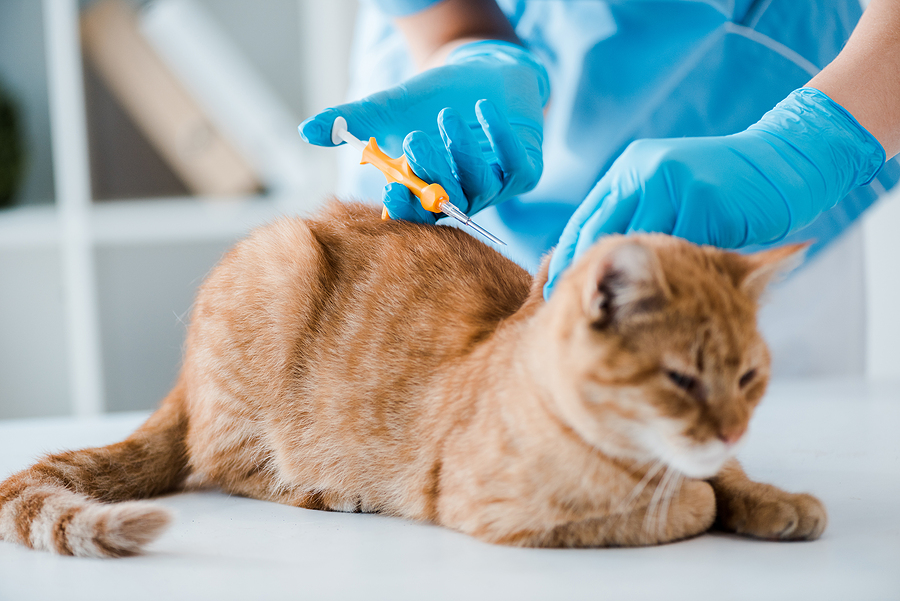As pet owners, we know that keeping track of our furry friends can be tricky sometimes, and that is why microchipping can be very important.
A dog was found 260 miles away from home thanks to the microchip she was implanted with, and there are many other stories of lost and stolen dogs that are reunited with their relieved owners after being scanned for their microchip.
As well as this, it is legally required for some pets, but what does it mean for your pet to actually be microchipped, and how does this keep your pet safe?
A microchip the size of a grain of rice only stores one piece of information on it; a unique identification number linked to a microchip registry as well as a passive RFID tag that can be used by vets to scan the microchip.
This registry stores a range of information, including but far from limited to:
- The owner’s name.
- Their home address.
- The owner’s contact details, including home telephone number, mobile number and email address.
- The license number of the breeder.
- The local authority where the breeder was licensed.
- Your pet’s identification number.
- Their name, gender and date of birth.
- Their breed, fur colour and any identifiable markings
This information is stored in a government-approved database and can be cross-referenced by vets by simply scanning where the chip was implanted. So long as the owner’s details are up to date, this can help reunite a lost pet with their owner.



